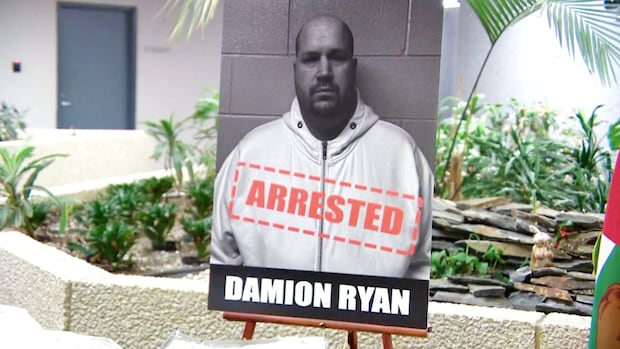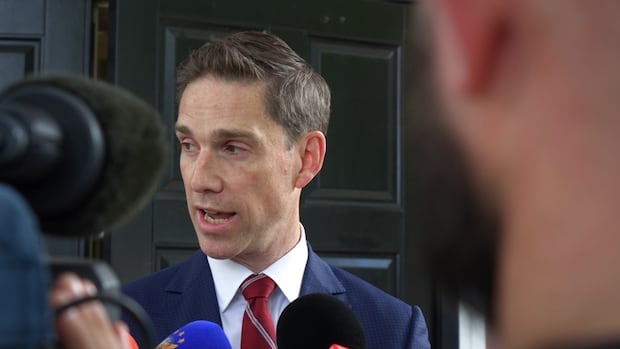More than a dozen bison are now being electronically tracked across 100 hectares of rolling hillside at Buffalo Pound Provincial Park in southern Saskatchewan.
Park staff have attached ear tags with GPS capabilities to 14 of the animals at the park, just over 50 kilometres west of Regina.
The solar-powered tags transmit a signal to a nearby communications tower, which then provides the real-time location of the bison to a computer program back at the park’s visitor centre every 15 minutes.
People who visit the centre can view the bison location on a dashboard displayed on a TV screen.
Dave Bjarnason, the park’s manager, said Buffalo Pound is the only provincial park in Saskatchewan with bison, which have been there since 1972. The tags were first used in October 2024.
“The age-old question has always been from our visitors: ‘Where are the buffalo?'” said Bjarnason. “Often the disappointment is, you drive all the way down there, get up to the lookout point and they can’t see the buffalo.”
The bison appear on the TV screen as little white dots and a corresponding name on a satellite view of the paddock.
Tags used for research
Dale Gross, a grasslands ecologist with Saskatchewan Parks, said the GPS tags will help him research the grazing patterns of the bison and how they interact with their environment.
A key part of Gross’s research focuses on where the bison graze and how it impacts what they eat.
“So if we would do a small, prescribed burn in the bison paddock, that grass that grows back in more palatable, more nutritious, and the bison seek that out to meet their dietary requirements,” he said.
Gross will use the GPS data to move around salt and water set out for the bison so that they don’t graze the same area over and over, which will also help the healthy grass grow back.
His findings can also be applied to farms with cattle, to help the animals eat healthier forage.
Gross said bison are crucial to the grassland ecology of the Prairies.
“Their interactions with the grasslands over thousands of years are why our soils are so fertile for growing annual crops,” he said.
“The insects, the pollinators that we have … a lot of that can be traced back to the bison. That’s how critical they were to the survival of the Indigenous people here long ago and us together right now.”
Bjarnason said the GPS interface is also available on an app, which currently can only be viewed by park staff. Plans are in the works to make the app public in the future.
His hope is that groups, like schools, can then come out to the park to use the app as an educational tool.
“It’s always an enlightening experience to see [the bison],” Bjarnason said. “We want to increase the opportunity to see the animals, which will then increase the interest in understanding them.”







